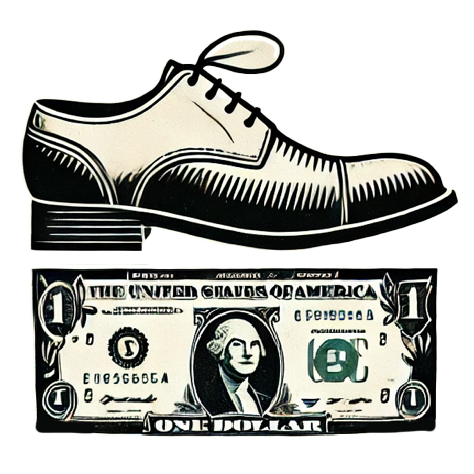With the dawn of the Trump administration, the landscape of student loan forgiveness in the United States has undergone a troubling transformation. What was once a beacon of hope for many borrowers under the Biden administration has morphed into a labyrinth of constraints and confusion. The public service loan forgiveness (PSLF) program, designed to lighten the burden for those committed to serving their communities, faces obstacles that may significantly hinder its accessibility. Critics are raising alarms about the implications of Trump’s executive orders and his overall approach to managing student debt.
Trump’s Measures Against Forgiveness
President Trump has made no secret of his skepticism regarding education debt cancellation. His administration made an immediate impact by enacting an executive order aimed at redefining eligibility for PSLF. This move is alarming, considering PSLF allows qualifying individuals—especially those in non-profit or public sector jobs—to have their federal student loans entirely forgiven after ten years of service. However, Trump’s intervention has raised concerns about the exclusion of certain organizations and employment types, potentially disenfranchising a significant number of dedicated public servants. As attorney Malissa Giles points out, the dichotomy in approach has been stark, with the previous administration’s advancements now under siege.
The modifications to various repayment plans under Trump’s tenure have further deepened the crisis. Noteworthy among these is the decision to retract benefits that previously led to loan forgiveness after a designated payment period. Programs that would have cleansed debt upon fulfilling certain terms are being systematically unraveled. Yet it is essential to question the rationale behind these shifts. The restriction on forgiveness under income-based repayment plans indicates not just a return to old policies but rather a punitive strategy against borrowers seeking to protect their financial futures.
Implications of Legal Battles
The newly implemented Saving on a Valuable Education (SAVE) plan—which had aimed to reduce monthly payments and expedite loan forgiveness—is already facing legal hurdles. A judicial ruling from a GOP-majority court has paused its implementation, raising doubts about its survival under Trump’s Education Department. The current administration argues that legal restrictions necessitate diving deeper into the morass of existing repayment options, and this only complicates the landscape for borrowers seeking reliable pathways to financial relief.
Despite the tumultuous environment, experts like higher education authority Mark Kantrowitz suggest that borrowers still have options, albeit limited ones. The Income-Based Repayment (IBR) route remains viable for debt forgiveness, but only for individuals willing to navigate the complexities of switching plans. The suggestion to enlist the IBR route, combined with caution about the shifting sands beneath, reflects a fractured system in need of stability.
Persistent Challenges for Public Employees
While changes loom, it’s crucial to note that the PSLF program remains intact for the moment. Nonetheless, looming changes add layers of anxiety and uncertainty for public sector employees. Understandably, there is always a sense of apprehension when the rules of a game can change mid-play—especially when those rules govern one’s financial future. Trump’s vague executive order regarding which organizations may lose eligibility under PSLF leaves upcoming changes shrouded in ambiguity, potentially complicating the lives of countless professionals employed in sectors that promote diversity, equity, and justice.
Jessica Thompson from The Institute for College Access and Success advises borrowers to meticulously document their payment histories to safeguard against potential upheavals. While preserving meticulous records seems like a practical measure, it underscores a more significant concern about the robustness of existing programs. The prospect of needing to prove each payment and its qualifications shows a stark shift in responsibility from the federal government to individual borrowers, adding to the financial and emotional load they are already carrying.
Exploring State-Level Alternatives
Given the federal landscape’s uncertain terrain, many are looking to state-level assistance as a potential refuge. Innovative programs at the state level could provide relief—a beneficial but oft-overlooked resource in navigating student loan challenges. The Institute of Student Loan Advisors has made strides in compiling data on these state-level relief options, which can serve as important lifelines amid the erosion of federal protections.
However, the burden of research and awareness still rests on the shoulders of borrowers who are, fair to say, already at their wit’s end. With inadequate communication about available programs, many individuals may miss out on crucial debt alleviation opportunities.
In a political climate that finds itself deeply divided, the issue of student loan forgiveness has become emblematic of broader socioeconomic tensions. The shift towards stringent policies under Trump reveals an administration willing to prioritize fiscal conservatism over the pressing need for accessible education, leaving millions grappling with debt and uncertainty.

